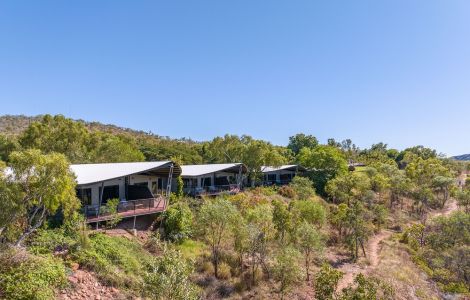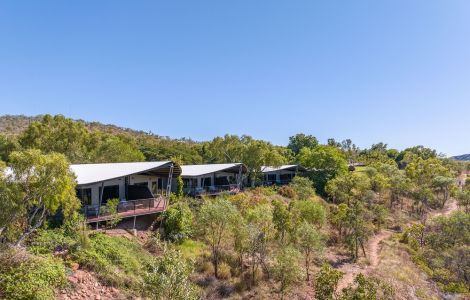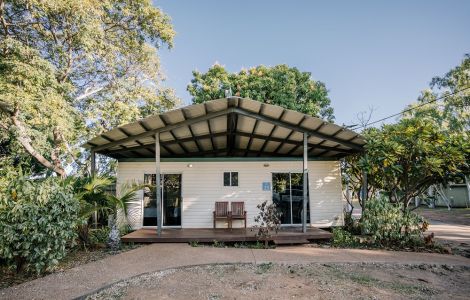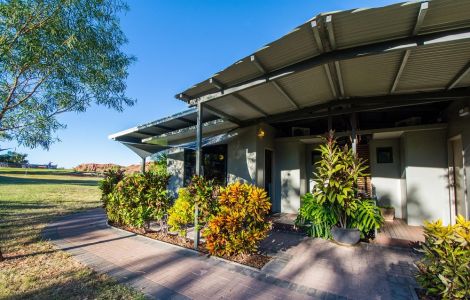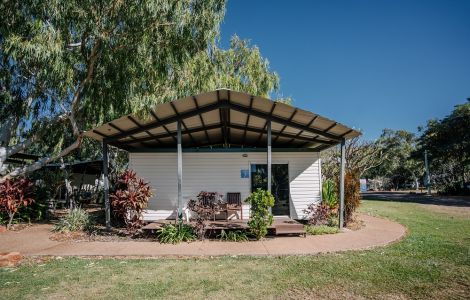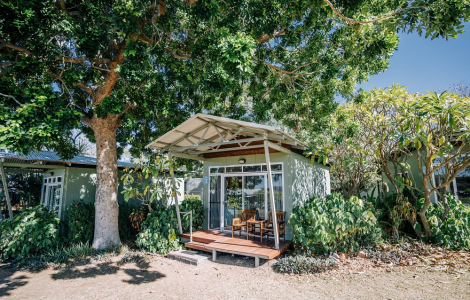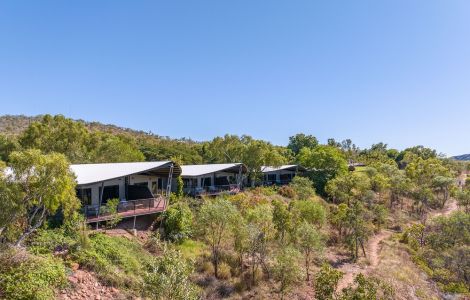Property features
Sites Only, Seasonally
- BBQ
- Camp Kitchen
- Kiosk/Store
- Lake Cruises
- Laundry
- Resort-Style Swimming Pool
- Restaurant and Bar
- Tour Desk
- WiFi
Available
Lake Argyle — 2 adults — 1 night — arriving 5 May
-
Current Availability
Deluxe 4 Bedroom Lakeview Cabin
Deluxe / Sleeps 10Sleeps 10
2 kings, 2 queens, 2 single beds$1,360 total
$1,310 members
-
Current Availability
Deluxe 2 Bedroom Lakeview Cabin
Deluxe / Sleeps 5Sleeps 5
1 king, 1 queen, 1 single bed$680 total
$630 members
-
Current Availability
Standard 2 Bedroom Cabin
Standard / Sleeps 5Sleeps 5
1 queen, 1 triple bunk$335 total
$302 members
-
Current Availability
Deluxe Studio Cabin
Deluxe / Sleeps 3Sleeps 3
1 queen, 1 single bed$295 total
$266 members
-
Current Availability
Standard Studio Cabin - Sleeps 3
Standard / Sleeps 3Sleeps 3
1 queen, 1 single bed$295 total
$266 members
-
Current Availability
Most popular
Standard Studio Cabin - Sleeps 5
Standard / Sleeps 5Sleeps 5
1 queen, 1 triple bunk$280 total
$252 members
-
Current Availability
Powered Sites - Large
Powered site / Sleeps 6
$70 total
$63 members
-
Current Availability
Powered Sites - Medium
Powered site / Sleeps 6
$70 total
$63 members
-
Current Availability
Powered Sites - Tent/Camper Trailer
Powered site / Sleeps 6
$70 total
$63 members
-
Current Availability
Unpowered Sites - Large
Unpowered site / Sleeps 6
$50 total
$45 members
-
Current Availability
Unpowered Sites - Medium
Unpowered site / Sleeps 6
$50 total
$45 members
-
Current Availability
Unpowered Sites - Small
Unpowered site / Sleeps 6
$50 total
$45 members
Not available
Lake Argyle — 2 adults — 1 night — arriving 5 May
-
Current Availability
Deluxe 1 Bedroom Lakeview Cabin
Deluxe / Sleeps 2Sleeps 2
1 king bedSome dates not available
Note about "from" prices: These are the cheapest available base rate for one night, within the next 14 days. These prices are subject to change.

